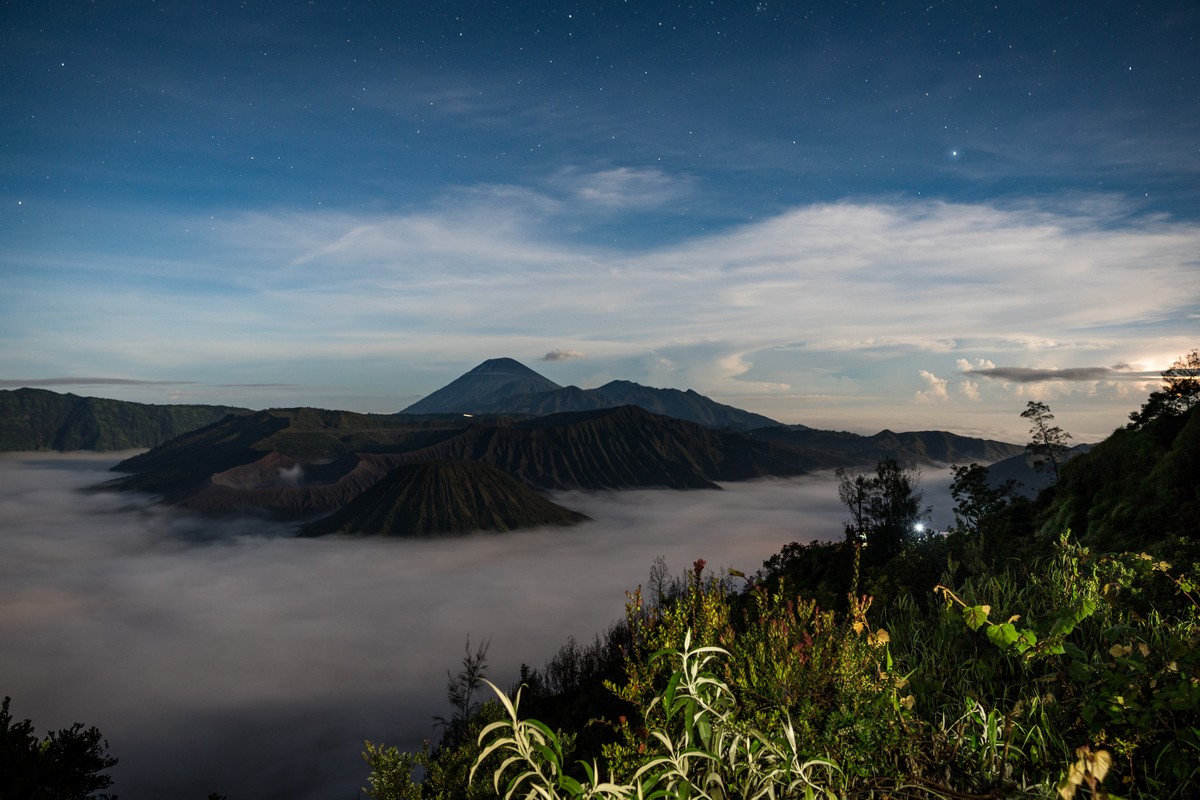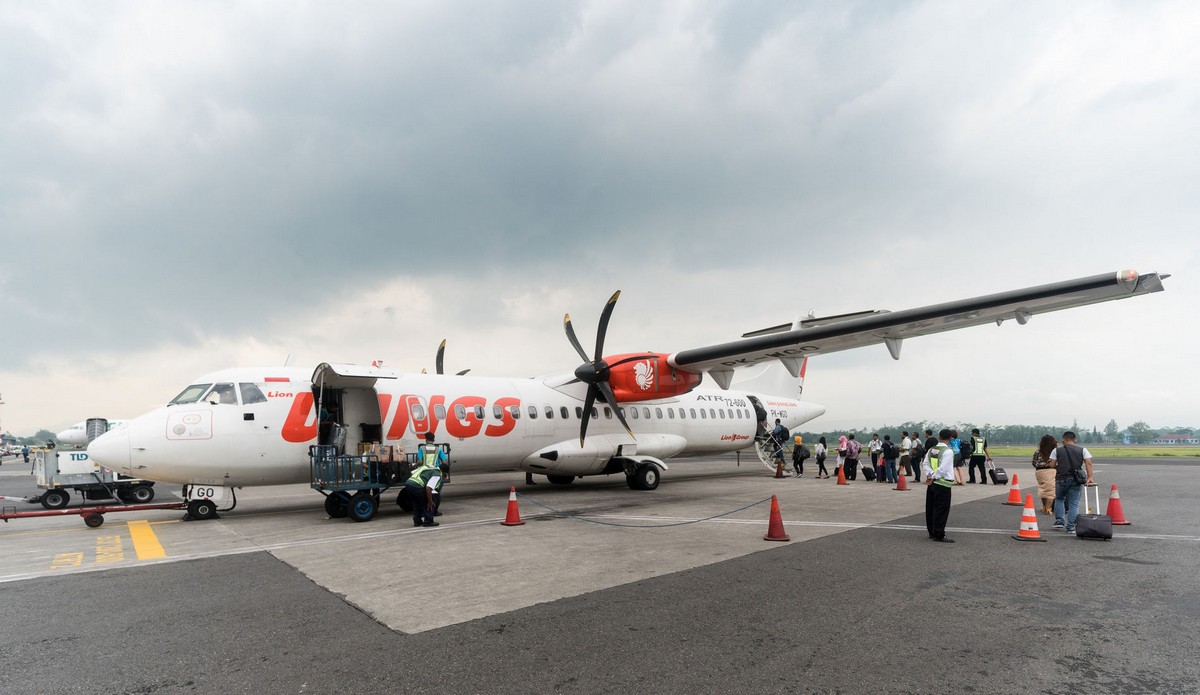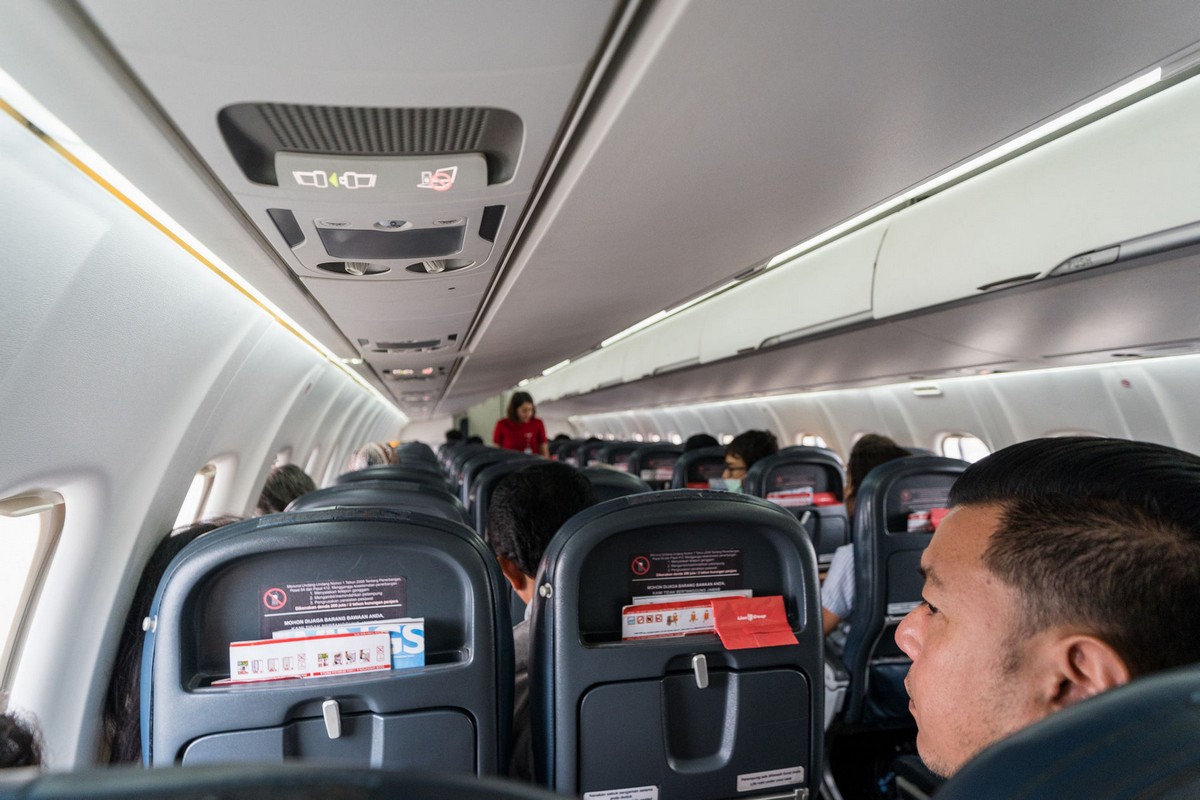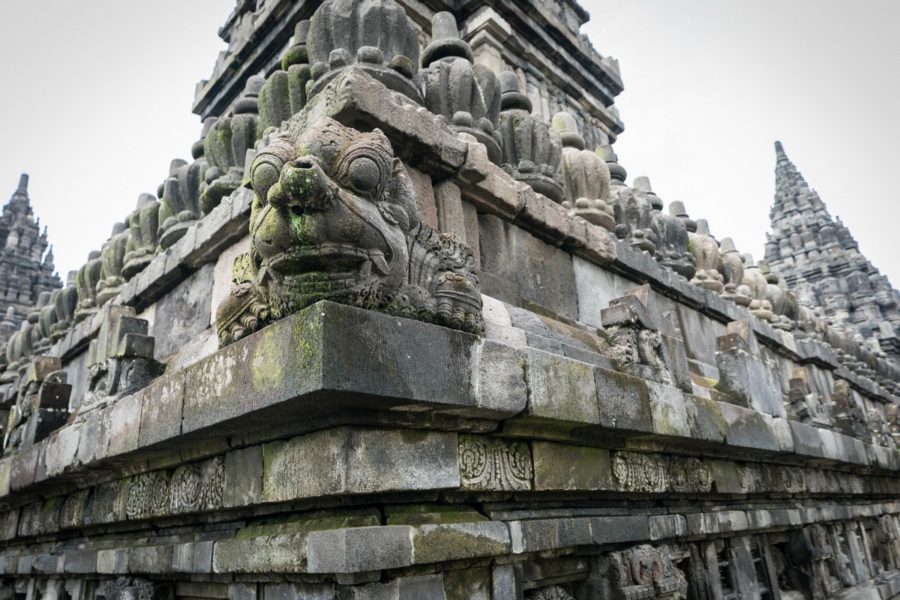February 1, 2018
Volcanic dawn mist – not to be missed.
I never did quite work out what this place in Indonesia was called. Is it Penanjakan? And is that the name of the peak, or just the name of the tourist spot near it? Whatever, who cares? Well, for one, a person standing on/at Penanjakan and looking up at the stars – he/she for sure does not care one iota).
How do you like the photo? I’m rather fond of it. A still-life, don’t you think?
It and the ones below weren’t all that difficult to shoot. I placed my camera (a Sony A9) on a reinforced concrete wall, set the shutter speed to 20 seconds, the diaphragm to 6 (or was it 9?), and ISO – to… something (can’t remember, or maybe I just guessed: it has a lot of buttons and blinking lights:). And that was that: done! All that remained was to wait for the sunrise…
































